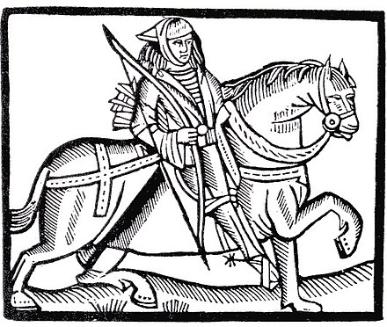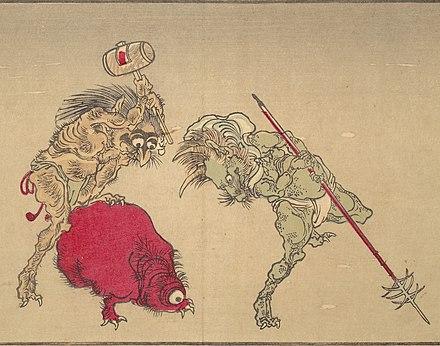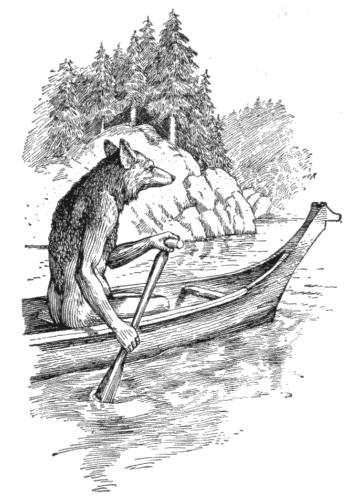Folklore in art draws from the rich oral traditions, legends, and customs passed down through generations. These stories and motifs provide a window into the cultural identity and collective wisdom of various communities, making them a vital source of inspiration for artists worldwide.
European Folklore
European folklore encompasses a wide array of tales and characters that have left a lasting impact on art.
- Fairy Tales: Stories like Cinderella, Snow White, and Little Red Riding Hood inspire countless illustrations, paintings, and adaptations.
- Mythical Creatures: Dragons, fairies, and trolls are common subjects, symbolizing the magical and mysterious aspects of nature.
- Folk Heroes: Figures such as Robin Hood and King Arthur represent themes of justice, bravery, and chivalry.
These elements often appear in medieval manuscripts, Renaissance art, and contemporary fantasy illustrations.


African Folklore
African folklore is rich with stories that reflect the continent’s diverse cultures and traditions.
- Anansi the Spider: A trickster figure in West African folklore, Anansi’s tales teach moral lessons through cleverness and wit.
- Totem Animals: Animals like lions, elephants, and hyenas feature prominently, symbolizing various human traits and natural forces.
- Ancestral Spirits: Art often depicts ancestors, honoring their wisdom and guidance.
These themes influence traditional masks, sculptures, textiles, and modern African art.


Asian Folklore
Asian folklore offers a treasure trove of stories and symbols that inspire artistic expression.
- Japanese Yokai: Supernatural creatures and spirits, such as the kitsune (fox spirit) and tanuki (raccoon dog), appear in ukiyo-eUkiyo-e, meaning "pictures of the floating world," is a genre of Japanese art that flourished from the 17th to the 19th century. These woodblock prints and paintings capture the vibrant urban culture of Edo-period Japan, depicting everything from beautiful women to dramatic landscapes. Origins and Development • Period: Emerged during the Edo period (1603-1868) • City of Origin: Edo (modern More prints and contemporary manga.
- Chinese Dragons: Symbolizing power and good fortune, dragons are a common motif in Chinese paintings, ceramicsCeramics, the art of creating objects from clay and other raw materials, is a practice that spans cultures and millennia. From ancient pottery to contemporary sculpture, ceramics have evolved in style, technique, and function, reflecting the diverse cultures and histories of civilizations worldwide. Historical Overview Ceramics have been a part of human civilization since prehistoric times, with each region developing More, and architecture.
- Indian Folktales: Stories from the Panchatantra and Jataka tales provide moral and philosophical insights, depicted in temple carvings and miniature paintings.
These elements continue to inspire a wide range of art forms across Asia.



Native American Folklore
Native American folklore, with its deep connection to nature and spirituality, provides rich material for artists.
- Creation Myths: Stories about the origins of the world and humanity are depicted in rock art, potteryPottery, one of the most ancient and functional art forms, bridges the gap between utilitarian objects and expressive artwork. This craft has been practiced for thousands of years, evolving across cultures and epochs. The world of pottery is vast and varied, ranging from simple earthenware to ornate porcelain. Chinese Ming dynasty blue-and-white porcelain dish with a dragon The Basics of More, and totem poles.
- Animal Spirits: Animals like eagles, bears, and wolves are revered and often depicted in art, representing various spiritual attributes.
- Legendary Figures: Heroes and deities such as Raven and Coyote play significant roles in storytelling and art.
These motifs are evident in traditional crafts and contemporary Native American art.

Latin American Folklore
Latin American folklore blends indigenous, African, and European influences, resulting in vibrant and diverse artistic expressions.
- Day of the Dead: Celebrated in Mexico, this holiday features colorful skeletons and altars, reflecting themes of death and remembrance.
- La Llorona: The weeping woman is a common figure in folklore, inspiring paintings and films that explore themes of loss and redemption.
- Magical RealismRealism is an art movement that emerged in the mid-19th century, emphasizing the depiction of subjects as they appear in everyday life. It rejects the idealized forms and dramatic expressions of Romanticism, focusing instead on accuracy, truthfulness, and the mundane aspects of the human experience. Realism strives to capture the world in a straightforward and unembellished manner. Gustave Courbet, The More: This literary and artistic genre, exemplified by Gabriel Garcia Marquez, often incorporates folklore to create surreal and imaginative works.
These elements influence muralism, folk artFolk art represents the creative expressions of ordinary people, often rooted in community traditions and cultural practices. It encompasses a wide range of artistic forms and styles, reflecting the everyday life, beliefs, and values of various cultures. Unlike fine art, folk art is typically created by self-taught artists, and its beauty lies in its simplicity and directness. Characteristics of Folk More, and contemporary Latin American art.

Folklore in Modern Art
Modern artists continue to draw from folklore, reinterpreting traditional themes in new and innovative ways.
- Fantasy Art: Illustrators and digital artists often incorporate folklore to create imaginative and otherworldly scenes.
- Public Art: Murals and installations in urban spaces frequently draw on local folklore to celebrate community identity and history.
- Contemporary Interpretations: Artists like Kiki Smith and Kara Walker use folklore to comment on social and political issues, blending traditional motifs with modern themes.
Conclusion
Folklore in art serves as a bridge between the past and present, connecting us with cultural heritage and exploring timeless themes through visual storytelling. These narratives continue to evolve, reflecting contemporary values and artistic innovations, ensuring their relevance across generations.
